23 Oct How to Use a Dump Trailer Safely
Whether you're hauling building materials, removing debris from a construction site or managing a landscaping business, knowing how to use a dump trailer is essential. These powerful tools make transporting heavy or bulk materials a breeze, but with their capabilities come potential dangers.
This guide will provide insights and tips to ensure that safety is at the forefront of your operations every time you hitch up and unload. Let's dive in and explore the best practices to keep both you and your surroundings protected as you haul your dump trailers.
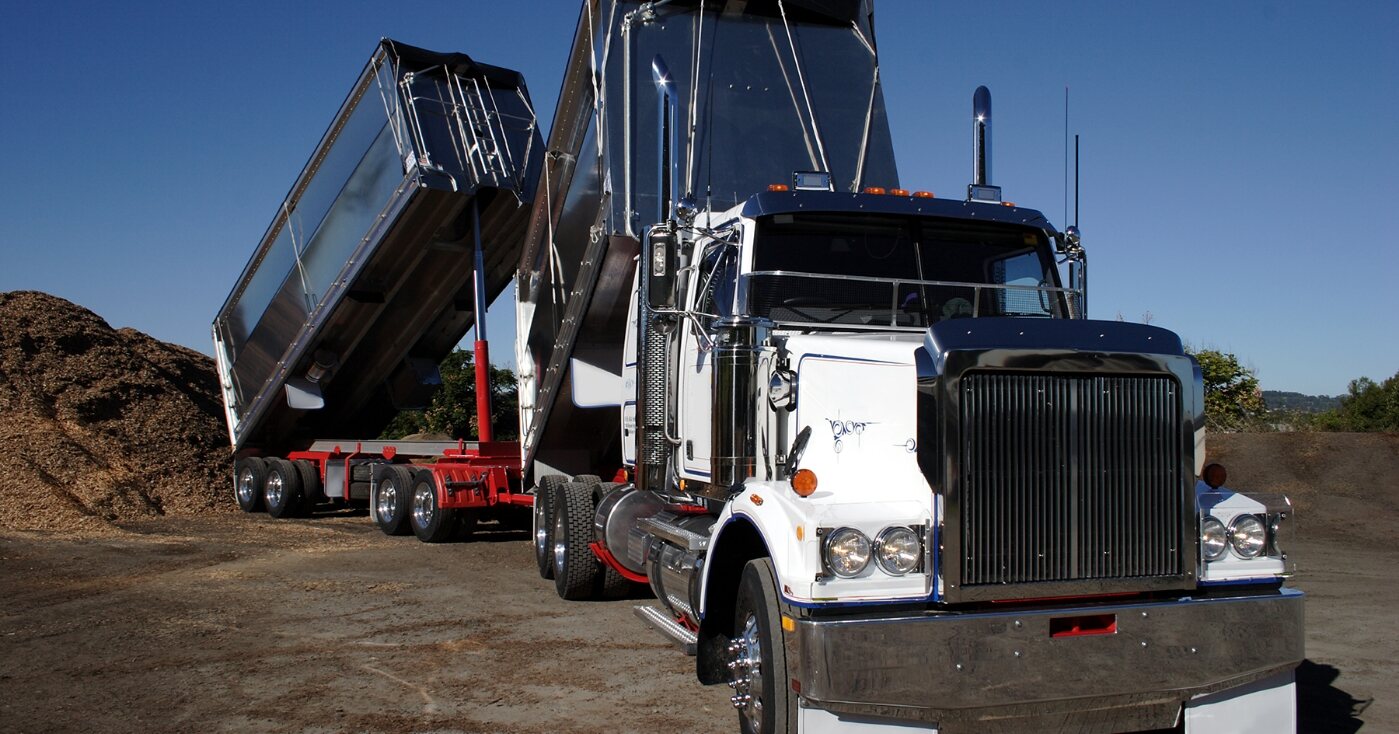
The Importance of Dump Truck Safety
Dump truck safety isn't just a catchphrase; it's a critical component that determines the success and well-being of operators, fellow workers and the general public. A dump truck, with its heavy load capacity and immense size, presents unique challenges on roads and job sites. Ensuring its safe operation is paramount for several reasons:
- Protection of Lives: First and foremost, following dump truck safety protocols can prevent accidents that might lead to injuries or fatalities. With tons of materials in the cargo, even a minor mistake can have devastating consequences.
- Avoidance of Property Damage: Mishaps with dump trailers can result in substantial property damage. This could be in the form of vehicular damage, infrastructure harm or even destruction of valuable goods and equipment on job sites.
- Financial Implications: Accidents and damages can lead to hefty fines, increased insurance premiums and potential lawsuits. Ensuring strict adherence to safety protocols can save organizations and operators from these avoidable financial burdens.
- Enhancing Operational Efficiency: A safe working environment minimizes disruptions and downtimes. By ensuring dump truck safety, operations can run more smoothly with fewer interruptions due to accidents or equipment malfunctions.
- Upholding Reputation: A strong safety record is a badge of honor for businesses. It boosts client trust, enhances brand image and can be a critical differentiator in competitive markets.
- Compliance with Regulations: Adhering to safety guidelines for dump trailers ensures compliance with local, state and federal regulations. Non-compliance can lead to penalties, shutdowns or even revocation of licenses.
- Promoting Worker Morale: A safe environment is conducive to better morale among workers. When operators and workers know they're in a setting that prioritizes their safety, they're more likely to be engaged, productive and loyal.
Understanding Your Dump Trailer
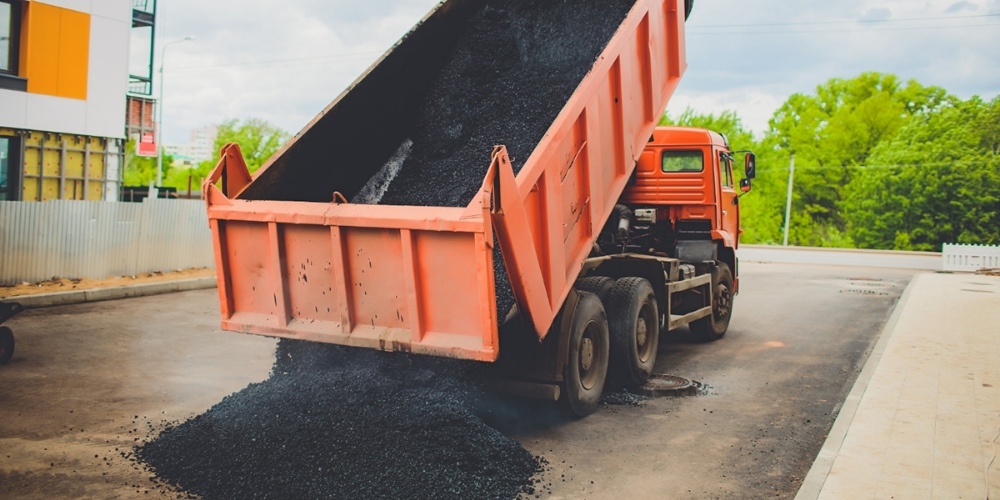
Before diving headfirst into a project, it's crucial to have a deep understanding of the tool you're working with – in this case, that tool is your dump trailer. Familiarizing yourself with the intricacies of this powerful equipment can drastically enhance dump truck safety.
Types & Sizes
- End Dump Trailer: Transports all kinds of materials but is largely used for hauling large loads to and from construction sites.
- Side Dump Trailer: Allows for dumping materials on either side, offering flexibility, especially in tight spaces.
- Roll-off Trailer: Features containers that can be rolled on and off the trailer. Ideal for waste removal or transporting specific equipment.
Load Capacity & Limitations
- All dump trailers have a Gross Vehicle Weight Rating (GVWR). This number indicates the maximum weight the trailer can safely carry and tow.
- It's crucial to understand both the weight and volume of the materials you're hauling. Overfilling can lead to spillage or uneven weight distribution.
Basic Components of Dump Trailers & Their Functions
- Bed: The primary storage space on dump trailers where the materials are loaded.
- Hydraulic Lift System: Allows the bed to tilt and dump the loaded materials. Regularly inspect for leaks or damages.
- Tailgate: Acts as a door to the bed. It can swing open or lift, depending on the design.
- Hitching Mechanism: Connects the dump trailer to the towing vehicle. It's vital to ensure it's secured properly to avoid accidents.
- Braking System: Essential for controlling dump trailers, especially when they're fully loaded. Ensure your braking system is synchronized with the towing vehicle.
- Tires and Axles: Support the weight of the loaded trailer. Regularly check for wear, inflation and alignment.
Dump Truck Safety Features
- Locks and Latches: Ensure the dump trailer's tailgate doesn't accidentally open during transit.
- Reflectors and Lights: Vital for visibility during nighttime or in low-light conditions.
- Safety Chains: Act as a backup connection between the trailer and the towing vehicle.
Attachments & Accessories
Depending on your needs, you might add accessories such as ramps (for loading equipment), tarps (to cover the load) or additional sideboards (to increase volume capacity).
Dump Truck Safety Precautions
Even before setting the wheels in motion, taking the right precautions with your dump trailer can mean the difference between a safe day's work and a costly accident. Ensuring that everything is in order before you begin operation is fundamental to dump truck safety. Here's what you need to consider:
- Thorough Inspection: Make it a habit to conduct a thorough inspection of the dump truck before each use. Look for any signs of wear, damage or malfunction. Pay close attention to the truck's body for any cracks, rust or structural issues that could compromise its integrity.
- Check Tires: Ensure that all tires are inflated to the manufacturer's recommended pressure. Under-inflated tires can cause blowouts, especially under heavy loads. Inspect tires for signs of wear, tears or embedded objects.
- Brakes and Hydraulic Systems: Test the brakes to make sure they respond appropriately and aren't worn out. The hydraulic system, which operates the dumping mechanism, should be checked for any leaks or malfunctions. Regularly inspect hydraulic hoses and connections to ensure dump truck safety.
- Hitching Mechanisms: Verify the hitching mechanism is secure and in good condition. Any loose components can lead to catastrophic failures. The locking mechanism should engage fully to ensure the dump trailer is securely attached to the towing vehicle.
- Lighting and Signals: All lights should be functional – including brake lights, indicators and reflectors. These are vital for visibility and communication with other road users. Replace any malfunctioning bulbs immediately.
- Load Limit: Familiarize yourself with your dump trailer's load limit. Never exceed this, as overloading can lead to reduced control, longer stopping distances and increased risk of tip-overs.
- Clear the Dumping Zone: Before loading, always identify and prepare the zone where the truck will dump its contents. Ensure the area is clear of people, other vehicles and potential overhead obstructions like power lines.
- Review Weather and Road Conditions: Adverse weather conditions like rain, snow or high winds can affect the dump trailer's performance. Be aware of these conditions, and adjust your plans accordingly. Check the terrain and road conditions. Slippery or uneven surfaces can pose challenges, especially when the truck is loaded.
- Emergency Equipment: Confirm the dump trailer is equipped with essential emergency equipment, including a first-aid kit, fire extinguisher, warning triangles and other necessary tools.
- Operator's Manual: Keep the operator's manual within easy reach. This can be a quick reference guide in case of uncertainties or emergencies.
Loading the Dump Trailer Properly
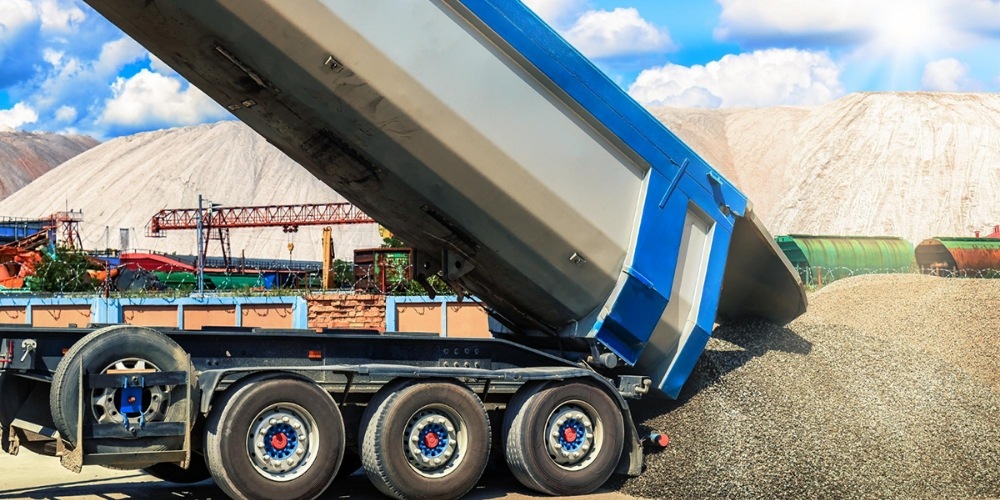
Loading a dump trailer correctly is pivotal, not only for the safety of the operator but also for everyone around and for the longevity of the trailer itself. An improperly loaded trailer can lead to imbalances, making it prone to tipping, causing material spillage or even stressing the trailer's structure.
First, be mindful of the dump trailer's maximum load capacity, ensuring that it's never exceeded. Equally crucial is the even distribution of the load. This means spreading materials uniformly across the bed to avoid any side or front-heavy imbalances.
If you're transporting both large and small items, place heavier, bulkier items at the bottom and lighter ones on top. Furthermore, always use tarps or nets to cover loose materials, preventing them from flying out during transit.
Driving & Towing Practices for Dump Truck Safety
Navigating the road with a dump trailer in tow requires more than just basic driving skills. The added weight and dimensions of the trailer bring unique challenges that demand heightened awareness and special considerations. Adhering to proper driving and towing practices ensures dump truck safety for you and other drivers on the road.
- Maintain Safe Speeds: Respect speed limits and consider reducing your speed in challenging conditions.
- Increase Braking Distance: Allow for longer distances when braking due to the added weight.
- Regular Mirror Checks: Constantly monitor the trailer's position using side mirrors.
- Wider Turns: Take turns wider than usual to accommodate the dump trailer's length and avoid curbing.
- Avoid Sudden Movements: Make gradual lane changes and avoid abrupt steering maneuvers.
- Stay Alert on Slopes: Uphill drives demand more power; downhill drives require cautious braking.
- Mind the Wind: High winds can sway the trailer, so reduce speed and drive with extra caution.
- Plan Your Route: Know which route type to take. Avoid routes with low overhangs, tight spaces or roads not designed for heavy vehicles.
- Regular Stops for Checks: On long journeys, stop periodically to inspect the trailer, load and hitch.
- Stay Updated with Weather: Foreknowledge of weather conditions can inform safer driving decisions.
Unloading Safely in 5 Steps
When it comes to unloading a dump truck, safety should be the foremost concern. Proper unloading not only preserves the condition of your trailer but also ensures a hazard-free environment for all involved:
- Select a stable, level ground to prevent the dump trailer from tipping over.
- Ensure there are no overhead obstructions, such as power lines, which might interfere with the raised bed.
- Engage the hydraulic system cautiously, avoiding rapid lifting or lowering, as abrupt movements can unsettle the load.
- Remain clear of the dump zone and insist that bystanders do the same.
- After unloading, secure the bed back into its resting position, ensuring all locks and latches are engaged to prepare for the next haul.
Training & Education for Dump Truck Safety
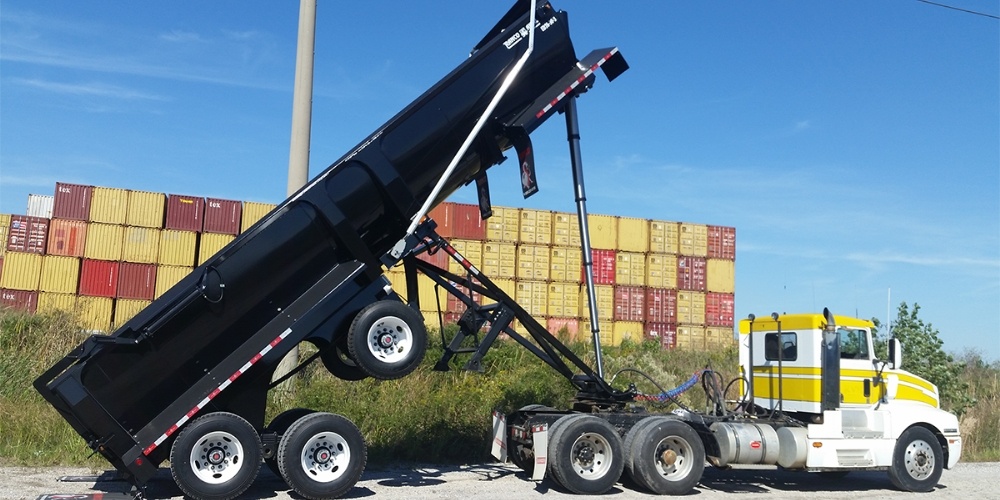
To harness a dump truck's full potential without compromising safety, comprehensive training and ongoing education are paramount. Both new and seasoned operators benefit from structured learning sessions, which should encompass the mechanics of the truck, proper loading and unloading techniques and on-road dump truck safety measures. Moreover, this training should address emergency protocols, reinforcing swift and accurate responses in unforeseen situations.
Regularly updating this knowledge base, perhaps through annual refresher courses, ensures that operators stay current with emerging safety standards and technological advancements.
Frequently Asked Questions About How to Use a Dump Trailer Safely
If you'd like to know more about how to use a dump trailer safely, read on. You can always reach out to our customer service team for more information about dump truck safety or any other related topic.
How Do I Ensure My Dump Trailer Isn't Overloaded?
Always refer to the manufacturer's specifications for your dump trailer's maximum load capacity. Before loading, it's a good idea to weigh the materials or have a rough estimate of their weight. Regularly using a weigh station can also ensure you stay within limits. Remember, overloading not only poses a safety risk but can also damage the trailer and reduce its lifespan.
Why Is Even Distribution of the Load Important?
Distributing the load evenly in the dump trailer ensures stability during transportation. An unbalanced load may cause the trailer to tip or sway, especially during turns or when navigating rough terrains. This can lead to accidents, loss of vehicle control or damage to the materials being transported.
What Emergency Protocols Are Required for Dump Truck Safety?
Emergency protocols for dump truck safety include immediate steps to address hydraulic failures, brake malfunctions, accidental spillages or tip-over incidents. These protocols direct the quick isolation of affected areas and prompt notifications to relevant authorities. They also stress the necessity of accessible emergency equipment, like fire extinguishers and first-aid kits. Regular drills familiarizing all team members with their roles during crises are also essential. In essence, these protocols serve as a structured response plan to ensure safety and minimize damage during unforeseen situations.
How to Use a Dump Trailer Safely? Start With a Safe Dump Trailer From Dragon Products
Understanding how to use a dump trailer safely is a combination of knowledge, best practices and having the right equipment from the start. Dragon Products, renowned for its commitment to quality and safety, offers trailers designed with user safety in mind. We encourage all users – both new and experienced – to continually refresh their safety knowledge and always be proactive in seeking the best equipment available. Take the first step by choosing a dump trailer from Dragon Products today!
CONTACT US



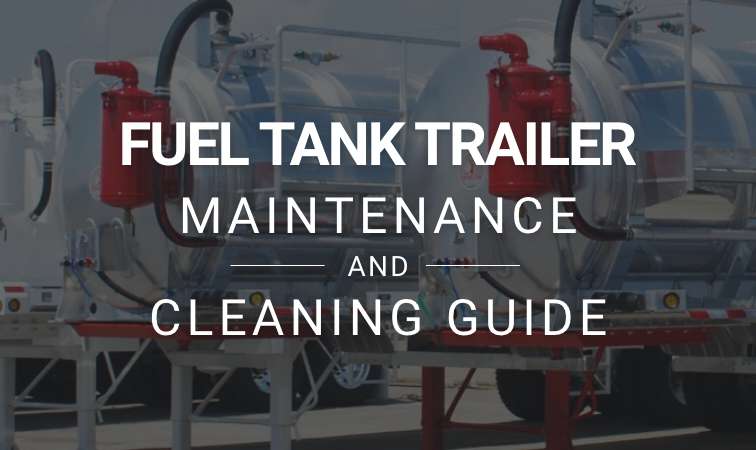

Sorry, the comment form is closed at this time.